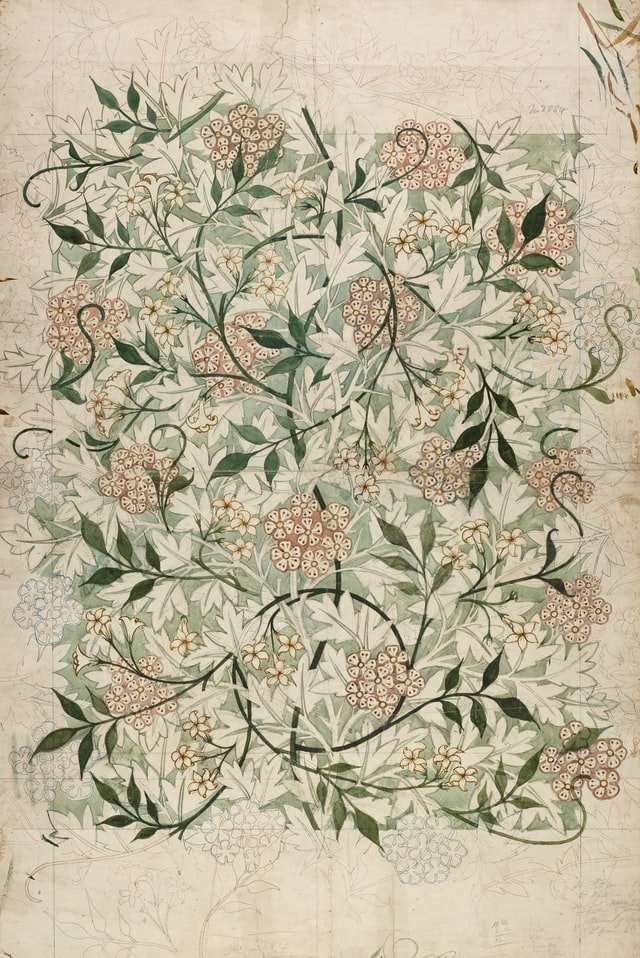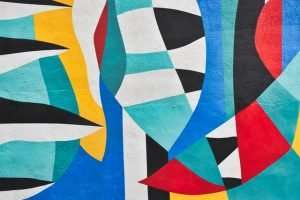The history of animal art is vast and diverse, but it all began with cave paintings. Animals were an important part of cave paintings, and there is no doubt that these animals were painted realistically. In fact, some of these paintings are so realistic that they are even somewhat creepy.
The artists who painted animals in caves have certainly set the standard for all future animal artists. After all, they have given us our first glimpses into what early humans were like.
Animal art was originally created by humans who had to hunt for their food in order to survive. Hunting was a difficult task, so it makes sense that these people would be fascinated by hunting and nature. They used their creative energy to depict the animals they hunted in their art work.
As time went on, people became less and less interested in hunting for their food source. As the population grew, hunting became even more difficult due to overpopulation and lack of natural resources from which the humans could obtain food. This caused artists to turn away from painting animals and instead focus on other forms of art such as landscapes or portraits.*
The history of the art world is full of artists who were inspired by animals. Artists have used animals as their subjects for centuries, and animal art has helped shape and define the art world as we know it today.
Animal art is so many things: expressive, beautiful, entertaining, and educational. It can help us learn about extinct species and about nature itself. It has also made us think about our relationship with animals, both wild and domestic, and to try to understand them better.
Trying to classify animal art can be tricky for a number of reasons. Some pieces of art may have a combination of characteristics that make them more difficult to classify than others. For example, a piece that combines elements from more than one type of animal art may be classified differently depending on how much weight is given to one characteristic over another.
Another reason it can be difficult to classify animal art is because there are multiple periods in which animal art was particularly influential, so some artistic styles may appear in multiple categories or even in multiple groups within the same category. This is why you will find certain types of animal art displayed prominently on the Animal Art History blog alongside other types that may not appear as often but are still just as popular and important historically.
Animal art is a fascinating subject. Animal art has been around for a very long time. Animal art has in some instances evoked a response from the viewer that is more than admiration for its artistic value, but a feeling of spiritual power and even the presence of the animal itself. Some of the earliest known examples of animal art are cave paintings made at least 40,000 years ago.~~
Animal art can take on many forms. Animal art can be found in nearly every culture across the world in various media, including painting, pottery, sculpture and drawing.~~
Animal art can be found in nearly every culture across the world in various media, including painting, pottery, sculpture and drawing. Animal art may depict real animals or imaginary creatures, can be realistic or abstracted, and may have ceremonial as well as aesthetic purposes. Some historical styles of animal art have become famous or iconic representations of specific cultures or periods. ~~
Animal art may depict real animals or imaginary creatures, can be realistic or abstracted, and may have ceremonial as well as aesthetic purposes. Some historical styles of animal art have become famous or iconic representations of specific cultures or periods. Animal art is sometimes created to commemorate an animal’s death as a form of trophy-making and mourning; this
Animal art has been around for ages, and it still is. As we can witness all over the world, wild animals are portrayed in art of all sorts, from paintings to sculptures and even in architecture. However, one can ask the question: why do people choose to create art featuring animals? What is interesting about these creatures to humans that makes them the subject of so many works of art?
Tigers, Rhinos, Elephants and Giraffes – Oh My!**
The earliest animal art dates back to prehistoric times. Cave paintings were very popular in ancient times and they depicted a wide range of animals. One of the most striking examples of cave art is that found in Lascaux, France. The cave was discovered by four teenagers in 1940 and it contained thousands of drawings by prehistoric men dating back to 15000 BC. Among the drawings were horses, deer, bulls and bison as well as many beautiful images of female figures which have been linked with fertility rituals.
The time period between 4000 BC and 2000 BC is known as the Neolithic period and it was marked by a great rise in agriculture which provided more food for human populations allowing for their growth. As such more people had time for leisure activities including drawing and painting animals on cave walls.
Recently, I was contacted by a very nice young man from England who wanted to know about art featuring animals. He had this idea for a blog about animal art, and wanted to know if I could recommend any sites or books.
“This is very interesting,” I thought. “I have not been asked this question before.”
So, I went to the library and looked through the card catalog, and found that there were many, many books on animal art! A lot of them are out of print, which is too bad because they were quite interesting.
Trying to find out more about the history of animal art did lead me to discover some new things (and also to find some new books). Reading these books led me to other sources, and those sources even led me to other sources! It was like a treasure hunt.
I thought that if others were interested in animal art they might want to start their own treasure hunt, so I decided to share what I discovered.
Here is my suggested bibliography:
1) The Cat in Ancient Egypt by Margaret S. Drower (AUC Press)
2) Animal Symbolism in Egyptian Art by Margaret S. Drower (Metropolitan Museum of Art)
3) Animals in Egyptian Art by
Animal art is a form of art based on the depiction of animals. The term refers to, but is not limited to, the visual arts (including drawing, painting, sculpture and photography) and literature (including poetry and prose).
Totem poles carved by indigenous peoples of North America are sometimes considered a form of animal art. Some forms of modern pop art use animal imagery, sometimes taking inspiration from commercial advertising. Some paintings by Goya, Picasso and Henri Rousseau are also said to be in this genre.
Cave paintings have been discovered within the territory of present-day France and Spain that are believed to be over 30,000 years old. These include some of the earliest examples of cave paintings worldwide, as early as 32,000 years ago. One possible interpretation is that these are depictions of an extinct Ice Age fauna.
The Lascaux Cave in France has an array of realistic depictions of many different species; most notably the cave contains several felines which show similarities with heraldic cats still familiar today in certain parts of western Europe (Grémillon 2001). Cave paintings with human figures were also produced by ancient artists.
“The Horse” by Leonardo da Vinci is a drawing based on an imaginary horse that Leonardo could have never seen. The horse is drawn in great detail and proportion, with musculature and tendons exposed. Leonardo’s life was filled with many different projects and ideas, most of which never came to fruition. When he died at the age of 67, his will contained detailed instructions for his burial. Among other things, his body was to be encased in a wax model of his body and dressed in his clothes. The original drawing of “The Horse” was placed over the face in his casket.
‘The Horse’ is a work of art by Leonardo da Vinci created between 1483-1490. This drawing is one of Leonardo’s major works from the later years of his life in Milan as court artist for Ludovico Sforza, the Duke of Milan at that time. Approximately 25,000 pages of notes and drawings are known, but only about 6% of these drawings are finished works such as ‘The Horse’. This drawing is sometimes considered to be an early example of scientific illustration because it shows human musculature and skeletal system overlaid onto the figure.’
http://www.cooperhewitt.org/exhibitions


